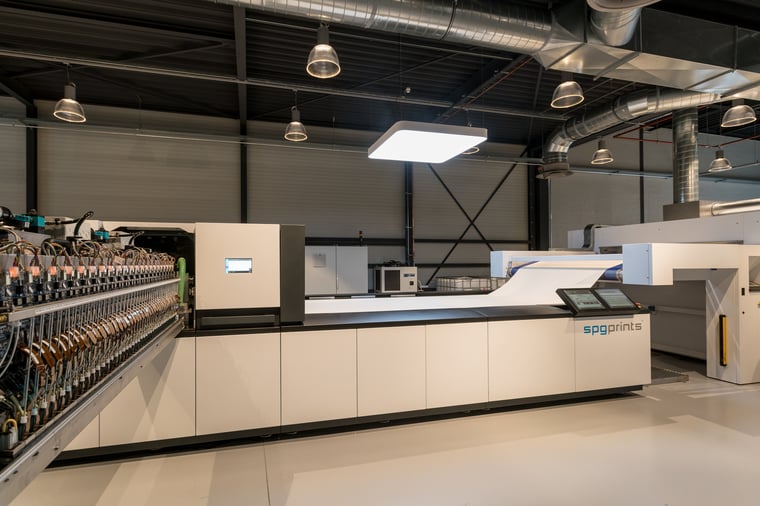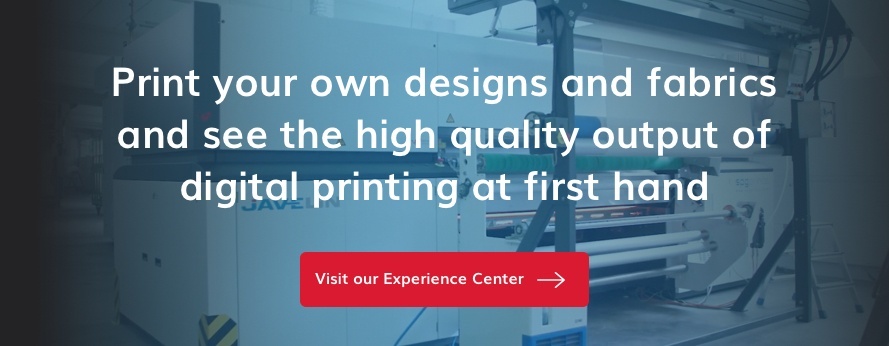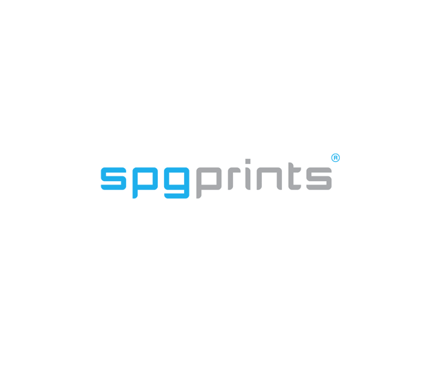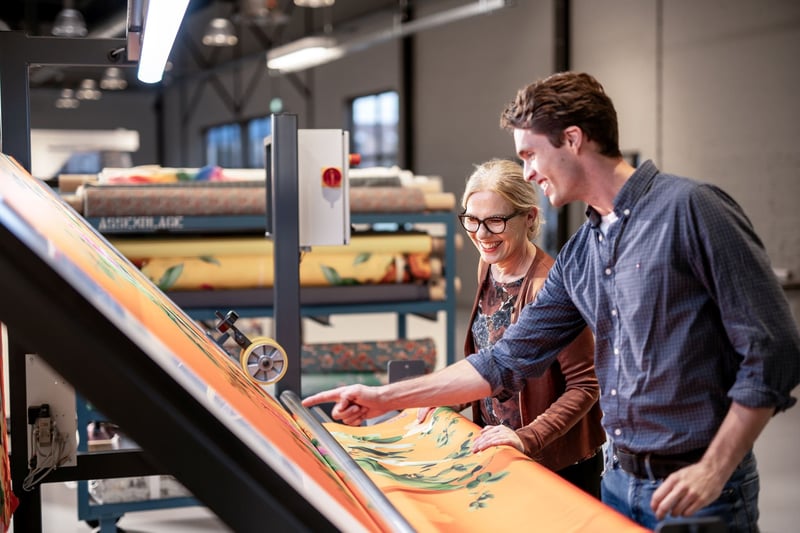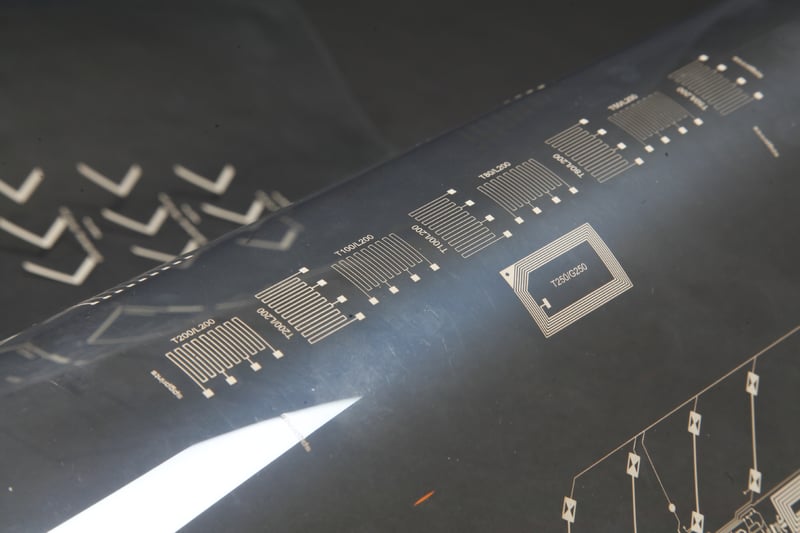For a long time digital textile printing machines could not match rotary screen printing machines in terms of production volume performance. Although offering a shorter time-to-market and higher design quality, digital textile printing machines could not provide large quantities of printed fabric with a certain delivery time as rotary screen printers can.
This has changed now that single-pass digital printing machine made its entrance in the textile machinery industry. Since then, the single-pass digital printing machine has opened up new business opportunities for textile printers.
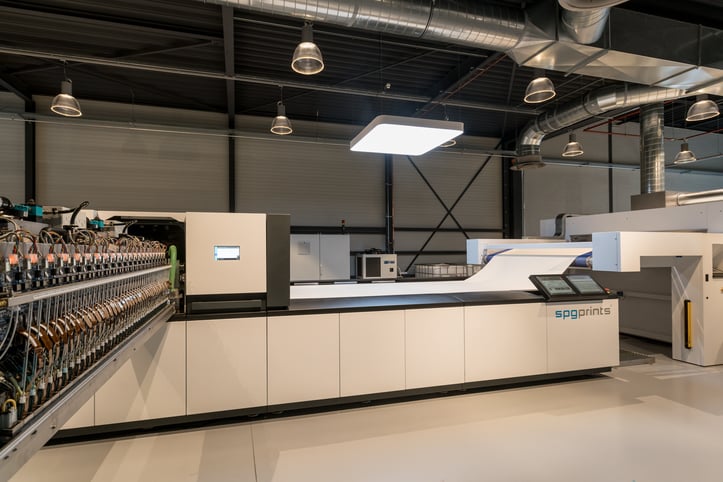
Creating new business opportunities through a single-pass digital printing machine
Since single-pass digital printing requires a substantial initial investment and an added value fabric selling approach, the market for this type of equipment is still limited. However, within the textile industry, various printers can meet these requirements, without even maybe realizing themselves. Let alone, the printers who are looking for new business opportunities and are willing to make adjustments to be able to take on a new printing technique.
For these printers, the single-pass digital printing machine can offer various benefits and help them to secure their future in the ever-changing textile industry:
-
The capability to produce large quantities in a very short time (lead time advantage)
A disadvantage of multi-pass digital printing machines is that they offer printers a limited capacity per day or week compared to the rotary volumes they normally produce. And the more meters you can print with a particular machine, the higher the cost advantage (lower capital costs per meter). If there were a way to print at least as many meters with a digital textile machine as you could with a rotary screen printer, digital textile printing would offer printers a very competitive cost per meter.
A single-pass digital printing machine offers printers this cost advantage by matching or even exceeding the effective printing capacity of a rotary screen printer while offering a price per meter that is only 20-30% higher than rotary screen printing.
-
Production capacity to match rotary screen printing capacity
The single-pass digital printing machine is the first digital printer matching the speed of conventional printing techniques, like rotary screen printing (40 meters per minute). Taking into account that the digital printer has no downtime to change screens and/or printing pastes, the effective production capacity can exceed the rotary capacity per year.
-
Fast style changes with nearly no installation time
In rotary screen printing, before being able to print a design on fabric, the design first has to be engraved on screens which, in turn, have to be installed and adjusted in the rotary printing machine. This process takes quite some time, it therefore slows down lead times and stands in the way of flexibility. When using a single-pass digital printing machine, a digital design can be loaded directly into machine after which you can print fabric instantaneously. As the input is only digital, the design can be changed instantly even after printing a few meters and discovering that a change is needed. In conventional printing, this is only possible by engraving new screens, adding costs and lead time. Single-pass digital printing, therefore, offers printers a lot of flexibility and permits fashion brands to change their designs often and rapidly respond to new trends.
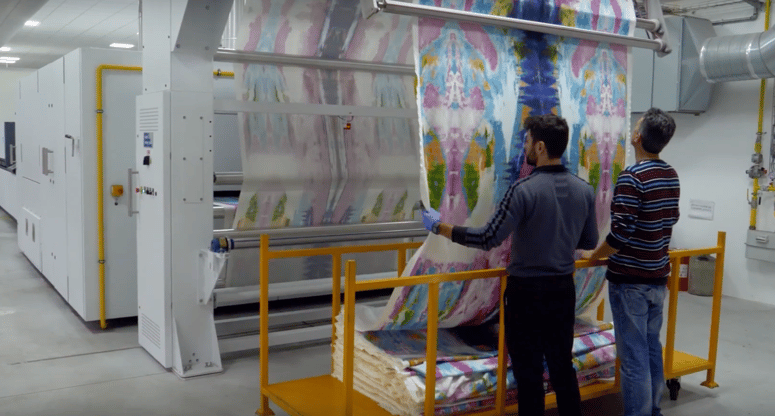
-
A higher print quality
In multi-pass scanning machines, the print heads move over the substrate back and forth to print the ink on the fabric. Because of this movement, the physical load is much higher, the printing circumstances are more challenging (air turbulence between nozzle plate and fabric surface) and therefore the resulting print quality has its limitations. With a single-pass digital printing machine, the only thing that moves is the fabric. The fabric runs at a constant speed through the machine. Because of this, the airflow between nozzle plate and fabric is laminar. . This enables the print heads to position the drops of ink more precisely onto the fabric. For that reason, the image quality of a single-pass digital printing machine is higher than that of a multi-pass scanning machine.
Is your company ready for a single-pass digital printing machine?
Printers who want to take on single-pass printing need to meet specific requirements to benefit from this printing technique:
- To start incorporating a single-pass digital printing machine, printers need to have an industrial environment at their disposal for the printer as well as for the pre-treatment and finishing equipment (stenter, steamer and washer).
- Additionally, printers need to quantify suitable orders to fill the single- pass capacity. As the costs are still higher, the meters have to be sold based on added value (unique designs, very quick delivery etcetera). In general, one can say that printers can start to benefit from single-pass textile printing when they have an annual production volume of more than 2 million linear meters which could be produced on the single-pass digital printing machine.
- Printers need to be able to finance the considerable initial investment costs of the single-pass digital printing machine. This investment is heavily determined by the cost of many print heads incorporated in the machine and the complex electronics to drive those heads.
Witness the power of single-pass printing at first hand
Single-pass printing can offer printers unique opportunities in terms of reaction speed and the potential to produce large quantities in a very short time. Style changes can be prepared while the single-pass digital printing machine is already producing. This means there are nearly no limitations in amounts of colors and complexity of designs.
Have to see it with your own eyes to believe it? In our Experience Center you can not only see a single-pass digital printing machine live in action, you will also witness how the printer can enhance the quality of your designs.
Curious if the single-pass digital printing machine can deliver on its promise? Schedule a visit to our Experience Center and witness the high-quality output and production efficiency of a single-pass digital printing machine at first hand:
